Winter Gardening Ideas and Planning
Did you know that you can grow a lush green variety of winter vegetables and beautiful array of flowering plants all from the comfort of your home?
Organic, fresh and pure vegetables can be planted at home such as;
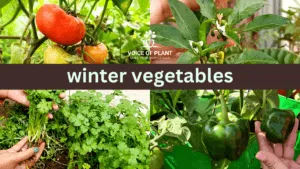
- tomato,
- beans,
- radish,
- cauliflower,
- carrot,
- peas,
- spinach,
- coriander,
- cabbage and many more.
Furthermore, with the right care, your garden can flourish with vibrant winter flowers like;
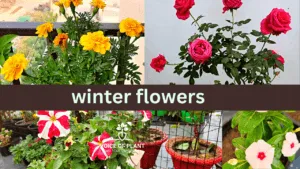
- roses,
- rosemary,
- marigold,
- petunia,
- verbena,
- dianthus,
- dog flower,
- hybrid periwinkle and many more.
This practice of nurturing these plants during the colder months is known as “winter gardening.”
In the context of winter gardening, we will explore both minor and major aspects. Typically, basic preparations for winter gardening, such as getting the right pots and tools, preparing suitable soil mixture and other necessary processes begin from mid-September (in India).
The planning of a garden depends on a few simple things:
1. First, it is important to know what the is your choice and what you want to grow like, such as favorite plants, fruits, or vegetables.
- The planning starts based on the chosen plants because each plant has its own unique needs, and it’s essential to cater to those needs.
2. Second, the size of the gardening area is a crucial factor.
- The number of plants you can grow depends on the available space.
- The available area determines how you can diversify and choose the different types of plants to grow.
3. Third, the amount of sunlight is essential for plants to grow well.
Before sowing any seeds, it’s important to check how much sunlight the garden area receives.
- Based on the sunlight available in your area, you should select the seeds.
- If you have a lot of sunlight, you can grow plants like chili, capsicum, and tomatoes that require plenty of sunlight.
- If there’s limited sunlight, it’s better to choose plants like coriander, spinach, and other herbs that can thrive with less sunlight.
Requirements for winter Gardening
1. Season and Temperature:
- Winter gardening typically begins in mid September or from October and continues until March.
- It’s essential to choose a time with pleasant weather for seed sowing because seedlings won’t survive in hot or humid conditions.
“The ideal temperature for sowing seeds is 15-20℃.“
2. Pot size and types
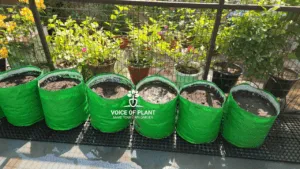
(A) For Vegetables
(i) 10*10 or 12*12 inch grow bags:
- suitable for tomatoes, chili, cabbage, cauliflower, and capsicum.
(ii) 12*18 inch grow bag:
- good for radish, coriander, carrot, spinach, onion, or garlic.
(iii) 15*15 or 16*16 inch grow bags:
- ideal for brinjal, beans, lubia, runner beans, or peas.
(iv) Rectangular boat-shaped pots can also be used for herbs like coriander, spinach, etc.
Note:
- It’s a good idea to have 4-5 pots or grow bags for each category because in one pot only 5-6 vegetables would grow out.
Must read: Complete information on Grow Bags
(B) For Flowers
(i) 12-inch clay pots:

- Permanent plants like rose, marigold, and chrysanthemum do well in these pots.
- If they survive for two seasons, they will stay with you without needing to be repotted.
- Always choose good-quality clay pots for these flowers.
(ii) 4*4, 6*6, or 8*8 inch pots:
- These smaller pots are suitable for growing seasonal flowers likepetunia, verbena, dianthus, dog flower, etc.
(iii) Rectangular boat-shaped pots:
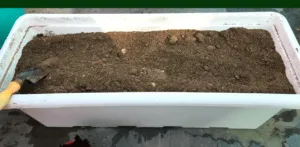
- Flowers grow well in this type of pots as they have enough space for their roots and to bloom properly.
3. Soil Mixture
(i) Soil:

- Get the soil from any nursery or reuse the summer plants’ soil by adding organic manure and neem cake powder to make it pest-free.
- Make sure to expose the soil to sunlight.
(ii) Add compost to enrich the soil:

- You can add any compost like; kitchen waste compost, vermicompost, cow dung compost, leaf compost, or any suitable compost to enrich the soil.
(iii) Use Sand:
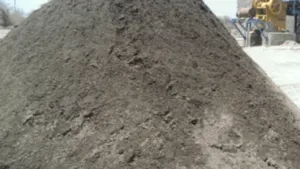
- Use river sand to enhance soil porosity, as many vegetables thrive in sandy soil.
(iv) Coco peat:
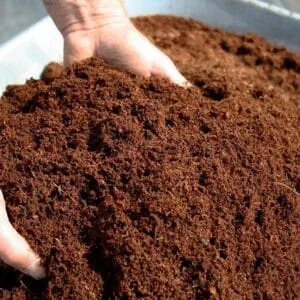
- You can add cocopeat to aid in seed germination, especially when sowing the seeds.
(iv) Add fungicides
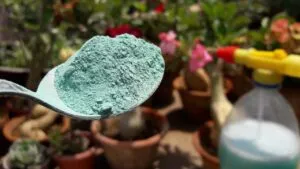
- Use fungicides such as Trichoderma or Cinnamon powder to safeguard against fungus or bacterial attacks.
4. Gardening Box
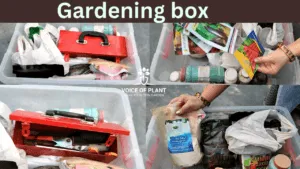
A basic gardening box should contain essential items needed at various stages of planting:
1. Bulbs and Seeds: Enthusiastic gardeners always have a variety of plant seeds and bulbs on hand.
2. Gloves: Wearing gloves is advisable to prevent injuries when using sharp gardening tools, particularly pruners.
3. Fertilizers and Micronutrients: Keep a range of fertilizers and nutrients for different growth stages of plants.
- For example, Neem cake powder, Mustard Cake, Epsom Salt, Rose bloom fertilizers, Curry leaf boosters, and Seaweed micronutrients, etc.
4. Insecticides: These are essential to protect your plants from insect attacks.
- For example: Actara acts as an insecticide for edible vegetables.
5. Fungicides: Use fungicides to prevent fungal infestations.
6. Ice Cream Sticks: These are useful for labeling seedlings in a seedling tray.
7. Pen/Permanent Marker: Keep one for writing the names of seedlings on the ice cream sticks.
8. Tool Kit: Different gardening tools serve various roles, including digging, mixing, stirring, pruning, and more.
5. Seedling Trays
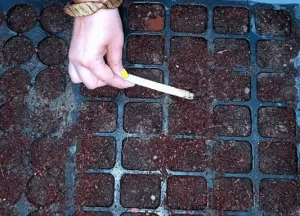
Seeds can either be sown directly into pots or in seedling trays, with the option to transplant them into pots after 20-25 days. Seedling trays offer several advantages:
1. They are useful when the soil mixture isn’t ready yet, but it’s time to sow seeds.
- You can place seeds in these trays and later transfer them to pots with the appropriate soil mixture.
2. Seedling trays are practical for situations where pots need to be relocated due to weather conditions, protecting them from excessive heat or unexpected rainfall. The trays are easy to transport.
3. Transplanting from a seedling tray to larger pots is simpler compared to moving plants from one pot to another.
- It minimizes root disturbance – in a seedling tray, gently press the tray from the bottom, and the seedling will come out effortlessly.
Note:
- Seedling trays are readily available in the market and can serve you for multiple seasons once purchased.
6. Spray Bottle
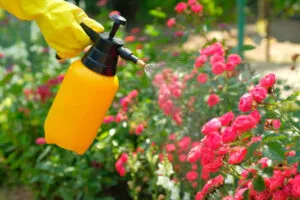
- Using spray bottles is recommended for watering or applying neem oil to your plants.
- Be sure to clean and thoroughly dry your spray bottle after each use to prevent residue buildup inside the nozzle, which can damage the bottle.
7. Support Sticks
- Wooden sticks can be utilized to provide support to plants, such as tomatoes, ensuring they stand upright, typically after a month or two of planting.
8. Rainwater Cover
- A rainwater cover can be employed to shield the soil mixture during preparation or to protect plants during rainy periods.
All of these mentioned requirements are essential for initiating your winter gardening journey. By following these guidelines and tips, you can nurture a vibrant and healthy garden.
===================
Follow our Social media channel:
1.Voice of Plant – YouTube Channel
2.Voice of Plant Facebook Page
3.Instagram Voice of Plant Channel
Happy gardening!
Wishing you a Happy Gardening!






